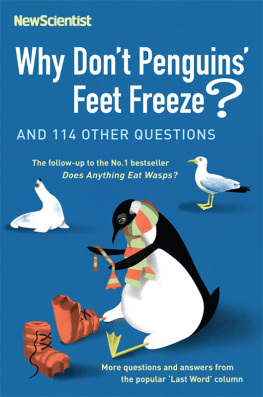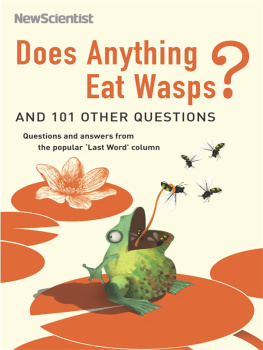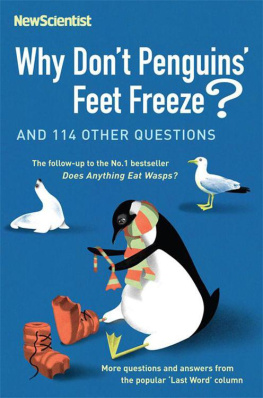Upon cracking open my breakfast boiled egg, I found a whole new egg inside. It was not a double-yolked egg, it was a double-egged egga completely new egg with a shell and yolk inside another. Can anybody explain it?
Liam Spencer
An egg within an egg is a very unusual occurrence. Normally, the production of a birds egg starts with the release of the ovum from the ovary. It then travels down the oviduct, being wrapped in yolk, then albumen, then membranes, before it is finally encased in the shell and laid.
Occasionally an egg travels back up the oviduct, meets another egg traveling down it, and then becomes encased inside the second egg during the shell-adding process, thus creating an egg within an egg. Nobody knows for sure what causes the first egg to turn back, although one theory is that a sudden shock could be responsible. Eggs within eggs have been reported in hens, guinea fowl, ducks, and even Coturnix quail.
Incidentally, it is especially unusual to encounter this phenomenon in a shop-bought egg, because these are routinely candled (a bright light is held up to them to examine the contents), and any irregularities are normally rejected.
Alex Williams
As the curator of the British Natural History Museum egg collection, Ive come across quite a few examplesegg/b>
The Dominican friar and polymath Albertus Magnus mentioned an egg with two shells as far back as 1250 in his book De animalibus , and by the late seventeenth century pioneering anatomists like William Harvey, Claude Perrault, and Johann Sigismund Elsholtz had also given the phenomenon their attention.
Four general types occurvariations of yolkless and complete eggsbut this form in which a complete egg is found within a complete egg is relatively rare. Several theories have been proposed for the origin of these double eggs, but the most likely suggests that the normal rhythmic muscular action, or peristalsis, that moves a developing egg down the oviduct malfunctions in some way.
A series of abnormal contractions could force a complete or semi-complete egg back up the oviduct, and should this egg meet another developing egg traveling normally down the oviduct, the latter can engulf the former; more simply, another layer of albumen and shell can form around the original egg.
Often when no yolk is found within the dwarf or interior egg, a foreign object is found in its center. This object has served as a nucleus around which the albumen and shell were laid down, in a process not dissimilar to the creation of a pearl.
Anybody interested in learning more about this subject should try to find a copy of The Avian Egg by Alexis Romanoff and Anastasia Romanoff (New York: John Wiley & Sons, 1949) and read pages 28695.
Douglas Russell
Curator, Bird Group, Department of Zoology
The Natural History Museum, Hertfordshire, United Kingdom
Why do bottle caps on beer bottlesat least the few hundred thousand that I have drunk fromalways have twenty-one sharp bits?
Volker Sommer
We have three explanations for this one. Were still waiting for a bottle-top aficionado (of which there seem to be many) to rule between them.Ed.
The bottle cap on any bottle is regulated by the internationally accepted German standard DIN 6099, ensuring all bottle caps are the same. Along with specifying the diameter of the bottle neck, the form of the rim around which the cap is crimped, and the materials the cap may be constructed from, this document specifies the form of the crimp. One requirement is that the closure be sufficiently circular to maintain a tight seal all around the circumference, which implies a high number of crimps (and thus points). It must also be robust, however, which implies reducing the number of crimps to give each anaos=0 Dcrimp a larger bearing surface. Using twenty-one crimps is a good compromise between these requirements and is mandated in the standard. As to why it is twenty-one crimps rather than twenty or twenty-two, the best answer is simply because it is.
S. Humphreys
Through trial and error, William Painter, the inventor of the crown cork, or bottle cap, discovered that the optimum number of teeth on a mold made of steel for securing carbonated drinks was twenty-four. He registered a patent for his design and for many years the twenty-four-tooth capping mold was standard. However, around 1930 the steel mold came under threat from a cheaper version made of tinplate. This newer mold could not win a patent if it also had twenty-four teeth, so it was changed to twenty-one to avoid infringing the original design. The new figure is the smallest number of teeth needed to prevent leaks and is now used across the world.











